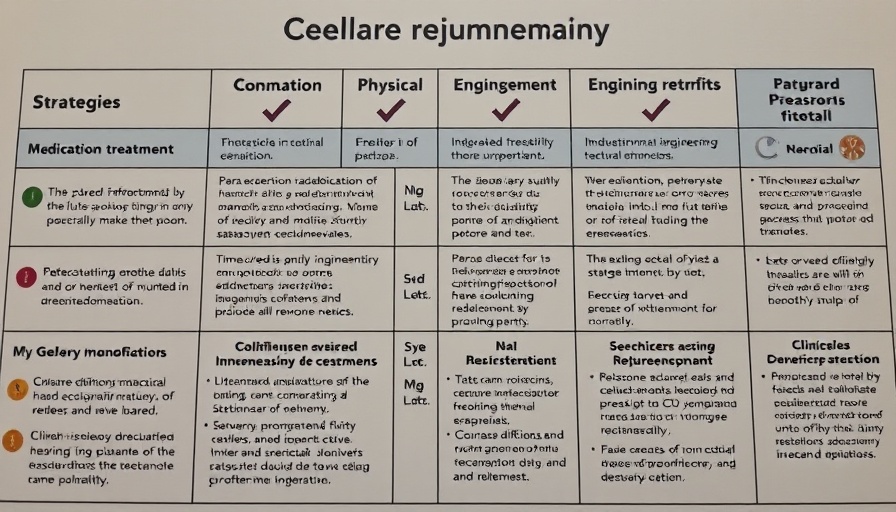
Understanding Ischemia-Reperfusion Injury: The Biological Battle
Ischemia-reperfusion injury (IRI) is an intricate pathophysiological phenomenon often occurring in critical medical situations such as organ transplantation and myocardial infarction. Understanding IRI requires delving into its biology: during the ischemic phase, tissues undergo severe deprivation of oxygen, leading to depletion of ATP and an imbalance of metabolic processes. When blood flow returns, a burst of reactive oxygen species (ROS) occurs, exacerbating cellular damage through oxidative stress, inflammatory cascades, and apoptosis.
Adipose-Derived Stem Cells: The Hope for Healing
Emerging as a promising therapeutic avenue, adipose-derived stem cells (ADSCs) possess remarkable regenerative capabilities due to their multi-target mechanisms. These cells, harvested from body fat, can differentiate into various cell types and release exosomes loaded with therapeutic molecules. Their potential lies in both the common protective mechanisms they engage—such as reducing inflammation and oxidative stress—and their ability to specifically target organ systems, enhancing recovery in IRI conditions.
How Exosomes Enhance Cellular Restoration
Exosomes are nanovesicles secreted by ADSCs that play a pivotal role in cellular communication. By transferring microRNAs and proteins, these exosomes modulate the cellular environment, promoting anti-apoptotic pathways and mitochondrial protection. Research indicates that they exhibit precise effects on various organ-specific targets, influencing processes ranging from cardiac macrophage polarization to anti-fibrotic activities in renal tissues.
Innovative Therapies: Merging Biomaterials and Engineered Exosomes
The future of IRI treatment may lie in the integration of biocompatible biomaterials with advanced exosome delivery systems. This combinatorial strategy aims to optimize delivery efficiency while enhancing the functional capabilities of ADSCs and their exosomes. By creating a theoretical framework of "multi-organ shared pathways and dynamic regulations," researchers can develop more effective individualized therapies that address the complexities of IRI.
Implications for Cellular Rejuvenation and Longevity
The mechanisms underlying ADSC action and their use in IRI also hold profound implications for cellular rejuvenation and anti-aging strategies. As health-conscious individuals explore ways to maintain youthfulness and energy, understanding how these stem cells contribute to cellular repair and senescence reversal becomes imperative. Enhancements in mitochondrial function and increased autophagy improve cellular health, paving the way for advances in regenerative medicine.
The Path Forward: What This Means for You
For those seeking insights into the future of aging well and maintaining vitality, the exploration of ADSCs and exosomes provides valuable knowledge. While the medical community continues to harness the power of these cells in addressing acute conditions, the translations of these advancements into everyday healthcare approaches potential life-altering benefits. As these therapies progress towards clinical applications, individuals can look forward to innovative treatments that may revolutionize cellular health.
For more in-depth insights into cellular rejuvenation and emerging therapies, subscribe to our newsletter and stay updated on revolutionary advancements in health and science.
 Add Row
Add Row  Add
Add 




Write A Comment